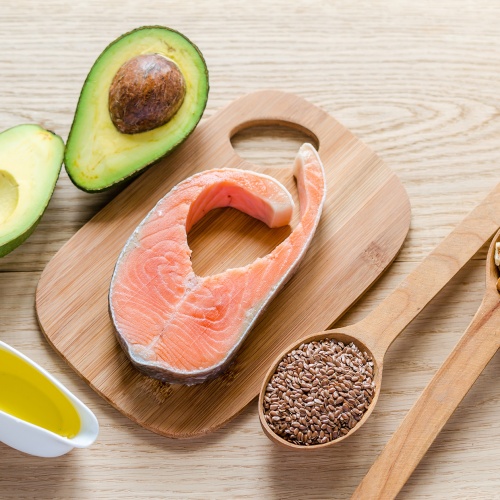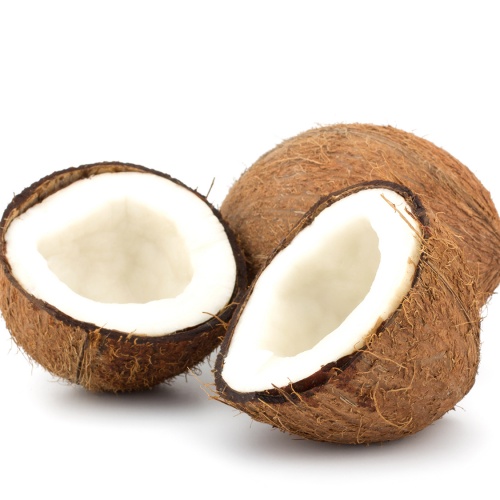These days, smoothies are a permanent fixture from supermarket shelves to food blogs. But what are their real benefits?
When we feel hungry, we generally assume it’s the body telling us it wants food, when what it actually needs is nutrition – which isn’t always the same thing. Particularly in an age where the foods that are often most easily accessible are often pre-prepared and/or processed.
So while it’s easy to replace macronutrients – carbohydrates, proteins and fats – we’re often missing important micronutrients, vitamins and minerals.
Micronutrients are vital for breaking down the macronutrients, which our body requires for energy and cell reproduction. They also provide our bodies with antioxidants, boosting immunity and fighting infections, maintaining healthy eyes, hair, skin and nails, maintaining brain and nerve function, regulating blood sugars, balancing hormones and anti-inflammatory responses.
Vitamins and minerals are found largely in vegetables, fruits and seeds, and smoothies provide an incredibly quick and easy way to get these nutrients into our bodies.
Because smoothie ingredients are almost always raw, their nutritional benefit is optimised – and what’s more, a good smoothie maker, will unlock more of those valuable micronutrients than juicing or even chewing will.
It’s able to unlock an abundance of vitamins, minerals and phytonutrients. It is also simple, fast and convenient to use, and – most importantly for anyone with a cupboard of unused juicers – really quick and easy to clean.
When making your smoothie it’s important to get a variety of micronutrients. This can be achieved simply by combining fruits and vegetables of different colours – though a high proportion of vegetables helps keep the sugar content low.
My current favourite is a spinach, carrot, celery, ginger and lime smoothie: 50% spinach, 1 large carrot, 1½ sticks of celery, some root ginger and a quarter of a de-skinned lime.
Here, the spinach provides vitamin K, vitamin A (in the form of carotenoids), manganese, folate, magnesium, iron, copper, vitamin B2, vitamin B6, vitamin E, calcium, potassium, and vitamin C. It’s also a very good source of dietary fibre, phosphorus, vitamin B1, zinc, protein, and choline.
The carrot adds some sweetness, and nourishes the body with vitamin A, biotin, vitamin K, fibre, molybdenum, potassium, vitamin B6, vitamin C, manganese, vitamin B3, vitamin B1, pantothenic acid, phosphorus, folate, copper, vitamin E, vitamin B2.
Celery boosts riboflavin, vitamin B6, pantothenic acid, calcium, magnesium and phosphorus, fibre, vitamin A, vitamin C, vitamin K, folate, potassium and manganese, and provides this smoothie with a peppery kick!
Root Ginger adds a little spice along with anti-inflammatory and digestive benefits, while the lime adds a little zest to the smoothie, as well as a host of B vitamins, vitamin C and calcium, iron, magnesium, phosphorus and potassium.
Since I began my smoothie-a-day routine, I have effortlessly increased my five fruit and vegetables a day to ten. My complexion is clearer and brighter, my energy levels are better sustained, sugar cravings are decreased and I feel that little bit sharper.
So why not join me in a healthy liquid breakfast. I promise you’ll appreciate the benefits – especially if you’re doing one of my classes afterwards.







